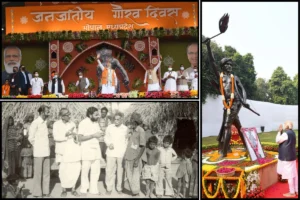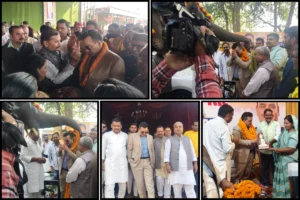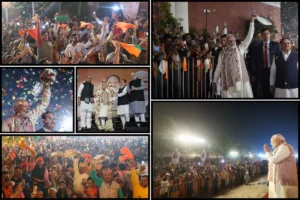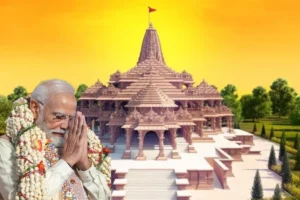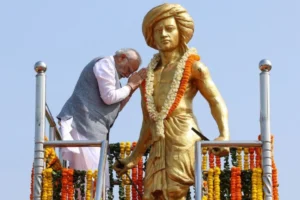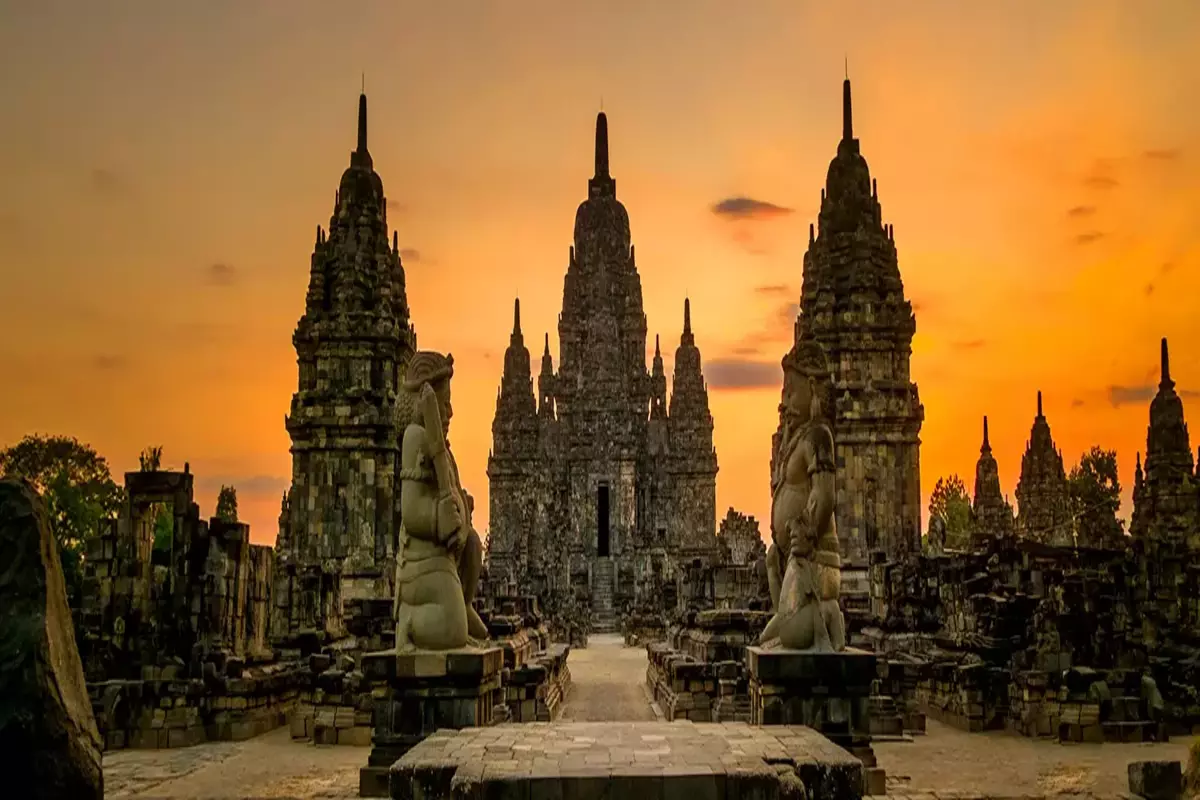
Prambanan temple
The centuries-old Prambanan temple, a vast compound of 240 Hindu temples on the outskirts of Yogyakarta city in Muslim-majority Indonesia, attests to India’s long cultural and historical ties with South East Asia.
The Prambanan temple, located around 17 kilometres northeast of Yogyakarta, is considered Indonesia’s greatest Hindu temple.
The Prambanan temple, also known as Candi Prambanan and a UNESCO World Heritage Site, is one of numerous temples in Indonesia attempting to draw tourists from India beyond Bali.
India has been generous with its funding in the renovation of some of the region’s temples and has extended cultural diplomacy services to nations that are both geographically and culturally adjacent.
The Archaeological Survey of India (ASI) has restored historical sites in ASEAN countries such as Laos, Vietnam, Indonesia, and Cambodia.
India’s Ambassador to ASEAN, Jayant Khobragade, stated in Jakarta that New Delhi is not participating in the repair of the Prambanan temple. However, he continued, India has been assisting in the renovation of a few temples in various ASEAN countries.
The original Prambanan temple compound was unearthed in the 17th century and is presently being reconstructed after being devastated by massive earthquakes and volcanic eruptions over centuries.
“The temple was built with interlocking stones. It has a highly complicated structure. So far, only 22 of the compound’s 240 temples have been rebuilt”, a local official said, adding that work on repairing more structures is ongoing.
The temple honors three major Hindu deities known as ‘Trimurti’: Brahma, Vishnu, and Shiva.
According to the official website of UNESCO, restoration works have been conducted since 1918, both in the original traditional method of interlocking stone and modern methods using concrete to strengthen the temple structure.
While explaining the unusual architectural style of the monument, a government-authorized tourist guide at the temple complex stated that the restoration work was difficult because there were no images of the original compound accessible.
“It’s a UNESCO heritage site. The rules don’t allow more than 25 percent of new stones to be used for restoration. That’s also one of the reasons why restoration work is taking time”, he continued.
The Prambanan temple’s original layout was rectangular, with an outer courtyard, a middle courtyard, and an interior courtyard. The temples are separated into two terraces, one taller and one lower.
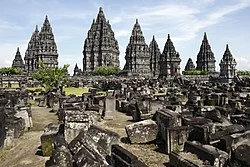
Three main temples devoted to Shiva, Vishnu, and Brahma are located on the highest terrace, with three smaller temples dedicated to their animal vehicles in front of them. The Garuda temple faces the Vishnu temple, the Nandi temple faces the Shiva temple, and the Angsa temple faces the Brahma temple.
The Shiva temple is the largest and most visible. The temple is 34 by 34 meters in width and 47 meters in height, and it contains four halls, each with a statue.
The eastern chamber houses a Shiva statue, while the western chamber houses a Ganesha statue. The northern chamber houses a Durga statue, while the southern chamber houses an Agastya statue.
The inner side of the Shiva temple’s walls is adorned with reliefs depicting the epic Ramayana. 56 incidents from Lord Rama’s stories are depicted on its walls.
The Brahma temple is to the south of the Shiva temple. Its designs and constructions are comparable to those of the Shiva temple but on a smaller scale. The Ramayana stories were sculpted on its walls, continuing the saga that began at the Shiva temple. One of the reliefs depicted a conflict between Lord Rama and the demon king Ravana.
The Vishnu temple is located on the other side of the Shiva temple and has identical shapes and construction to the Shiva temple as well as the same dimensions as the Brahma temple.
On the lower terrace, there are four smaller temples separated by an inner wall with four gates. Almost every temple in the central courtyard is now in ruins.
Every day, two priests appointed by the authorities offer prayers in front of the Shiva temple three times.
“We do puja three times a day. We perform ‘Surya Puja’ in the morning at 8, ‘Raina Puja’ around noon, and the final one around dusk. After completing the evening prayers”, a priest informed PTI that the prayers were offered to Brahma, Vishnu, and Shiva.
He claimed that Indonesia and India are culturally linked and that Hinduism moved from India to Java.
He went on to say, “The temple is a testimony to India’s deep-rooted cultural ties with South East Asia”.
The local authority organizes events around the temple complex every month to encourage people to visit the ancient landmark.
Around 400 yoga aficionados attended a yoga session in the temple park at the end of November.
The event was the centerpiece of the Jogja Cultural Wellness Festival, which promotes wellness tourism by emphasizing holistic health and personal happiness.
The Kedu Valley, not far from the Prambanan temple, is home to one of the world’s largest Buddhist structures, the Borobudur Temple.
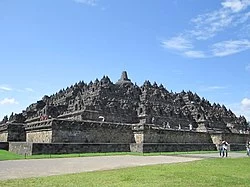
The temple, which is also a UNESCO World Heritage Site, was erected in three tiers: a pyramidal base with five concentric square terraces, the stem of a cone with three circular platforms, and a colossal stupa at the top.
“These places see a large influx of tourists, mostly domestic. However, they do not receive many visitors from India. While Bali is popular among Indian tourists, Yogyakarta is relatively unknown”, claimed a local guide.
He believed that in the future, India would contribute significantly to an increase in the number of visitors to these locations.
Also read: IEA: COP28 Promises Are Insufficient To Keep Global Warming To 1.5 Degrees Celsius
To read more such news, download Bharat Express news apps








